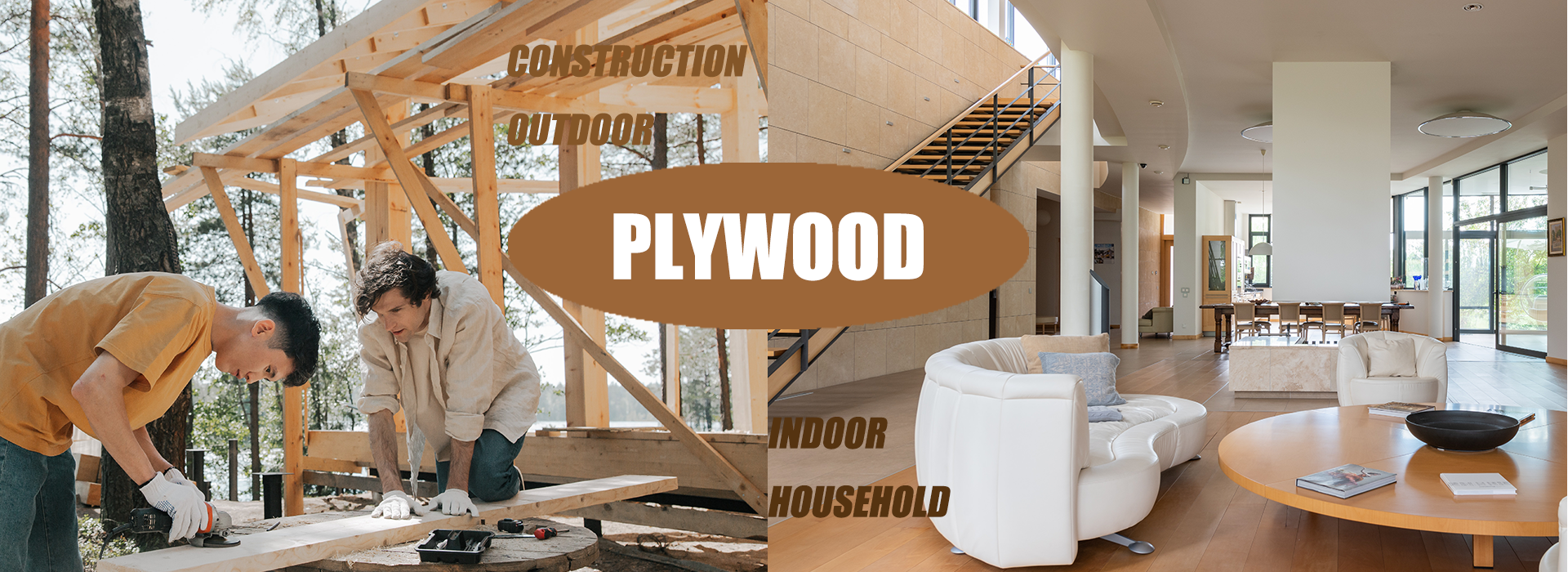Is Melamine More Durable Than Wood?
When choosing materials for furniture, cabinetry, or shelving, a common question arises: Is melamine more durable than wood? Both materials offer unique advantages depending on the application, budget, and environment. In this article, we’ll explore the durability of melamine vs. natural wood, helping you make the best decision for your project.
What is Melamine?
Melamine is a synthetic resin used to coat engineered wood products such as particle board or MDF. When applied as a laminate layer, it creates a smooth, hard, and water-resistant surface. Melamine boards are widely used in ready-to-assemble furniture, office desks, wardrobes, and kitchen cabinets.
What is Natural Wood?
Natural wood is harvested from trees and includes hardwoods (like oak, maple, teak) and softwoods (like pine and spruce). It’s strong, beautiful, and often chosen for its natural grain and long-term value.
Durability: Melamine vs. Wood
| Feature | Melamine | Natural Wood |
|---|---|---|
| Scratch Resistance | Highly resistant | Prone to scratches |
| Moisture Resistance | Excellent if edges sealed | Can warp or swell |
| Heat Resistance | Moderate – may bubble under heat | Generally better |
| Impact Resistance | Brittle core (particle board) | Solid and stronger |
| Maintenance | Easy to clean | Requires polishing, sealing |
| Lifespan | Medium (5–10 years) | Long (10–50+ years) |
When is Melamine More Durable?
Melamine is more durable than natural wood in specific environments, especially:
High humidity areas (like kitchens and bathrooms)
Surfaces prone to staining and wear, such as desktops and closet interiors
Budget-conscious commercial furniture where frequent use is expected
Its hard outer coating protects against scratches, moisture, and everyday wear. However, melamine's core material (like particle board) is not as strong as solid wood and may chip if mishandled.
When is Wood the Better Choice?
Natural wood is ideal for:
Heavy-duty furniture like dining tables or bed frames
Custom craftsmanship and long-term durability
High-end or luxury projects requiring natural aesthetics
Though it may need more maintenance, natural wood can be refinished, sanded, and restored over decades—something melamine cannot offer.
Conclusion: Which is More Durable?
Melamine is more durable in terms of surface hardness, stain resistance, and low maintenance, making it ideal for modern interiors, commercial use, and humid conditions.
However, natural wood is more durable in terms of structural strength, longevity, and repairability, making it better for premium and heavy-use furniture.
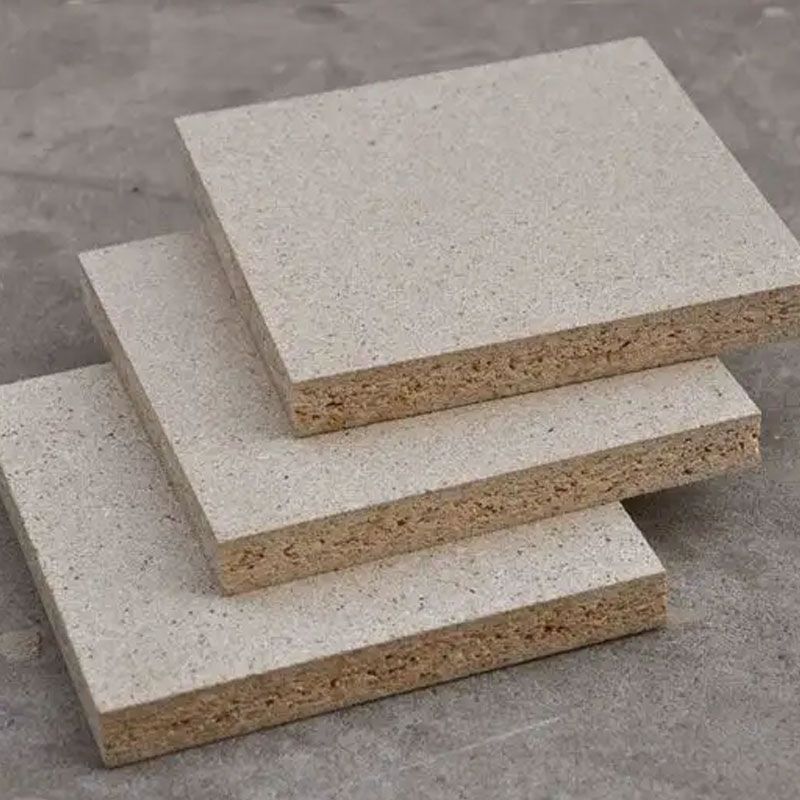 What are the disadvantages of
What are the disadvantages of
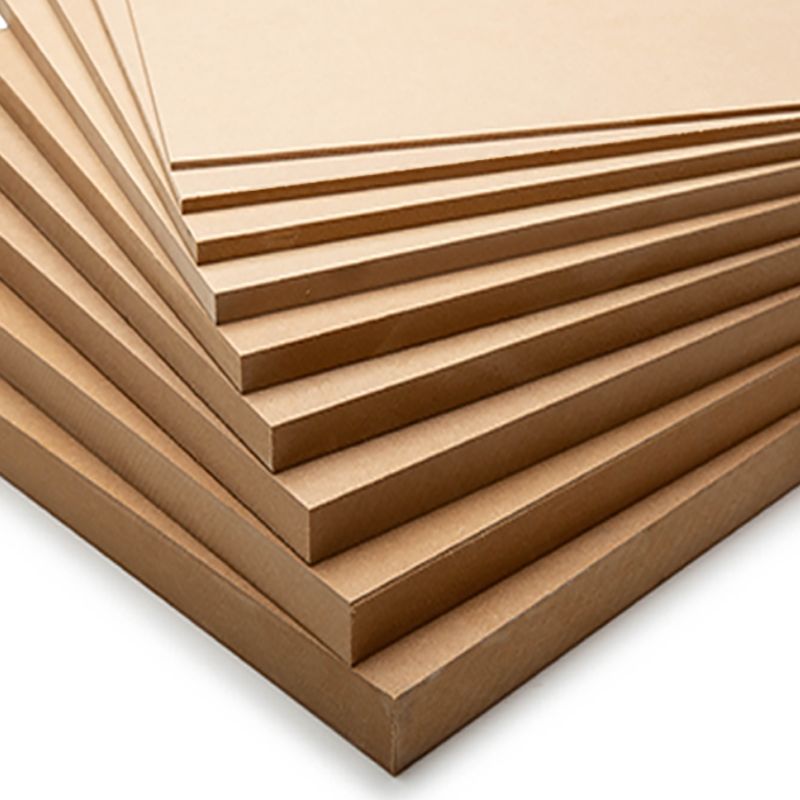 What are the disadvantages of
What are the disadvantages of
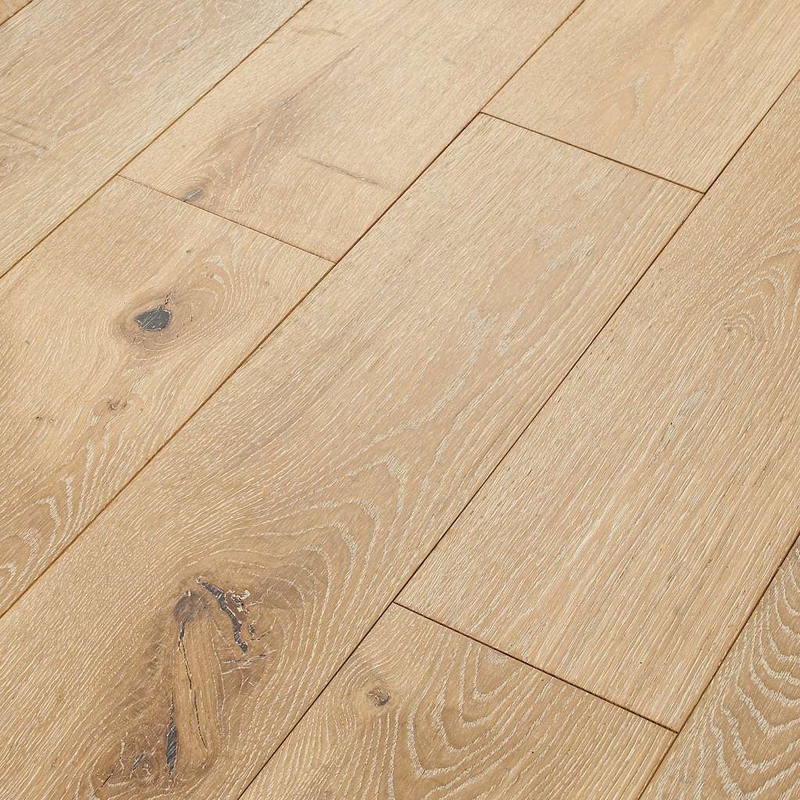 Is SPC better than laminate?
Is SPC better than laminate?
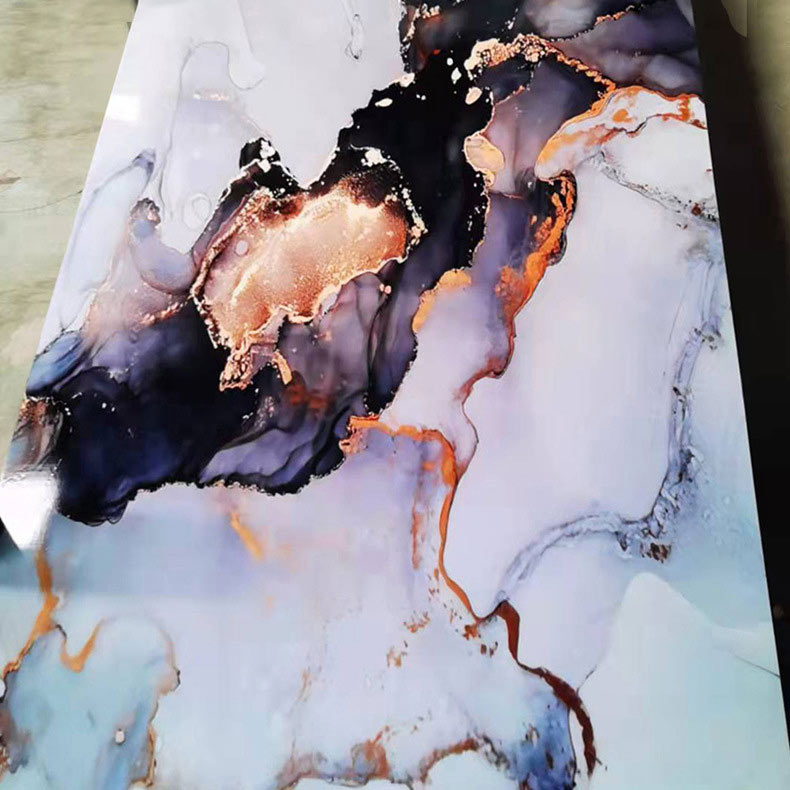 What is UV marble?
What is UV marble?


